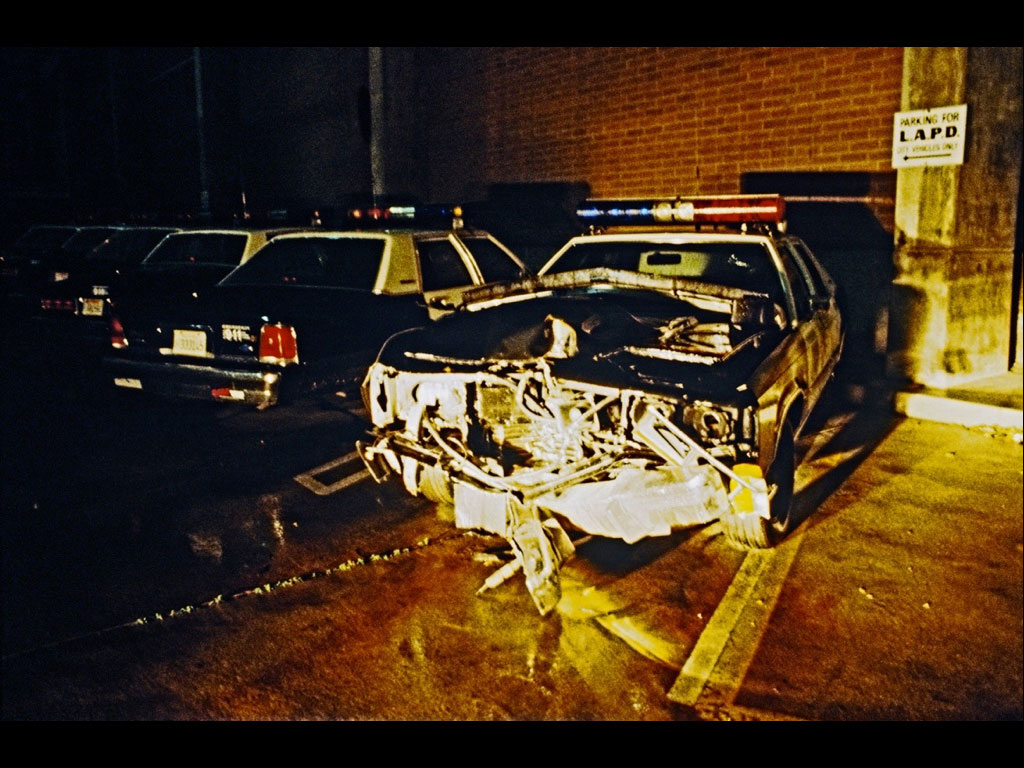The Geometry of Innocence

Like Gasses in the ether, societies emerge from chaos and continually form complex structures, fated to perpetual dissolution and reconfiguration.
— Ken Schles The Geometry of Innocence



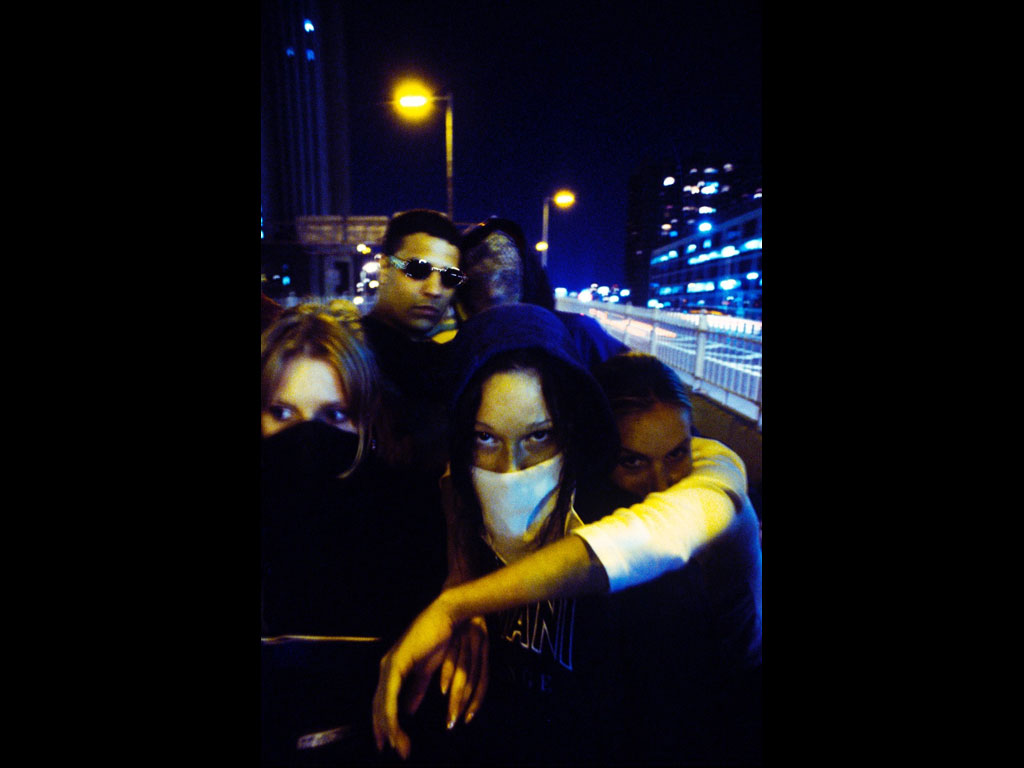


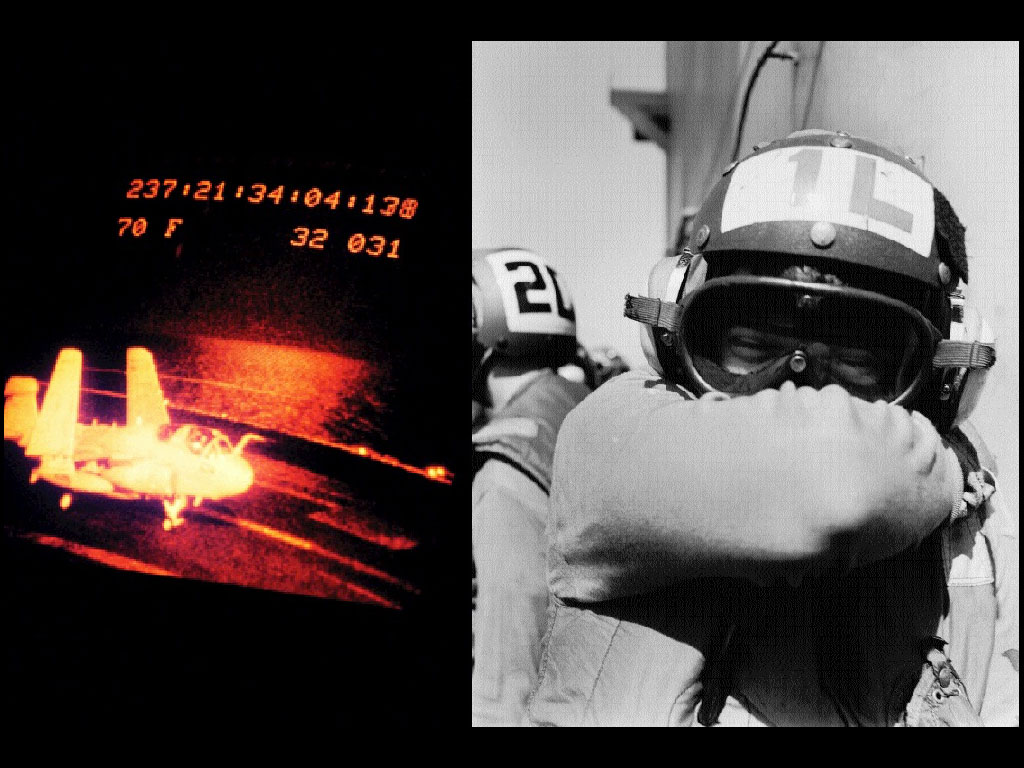


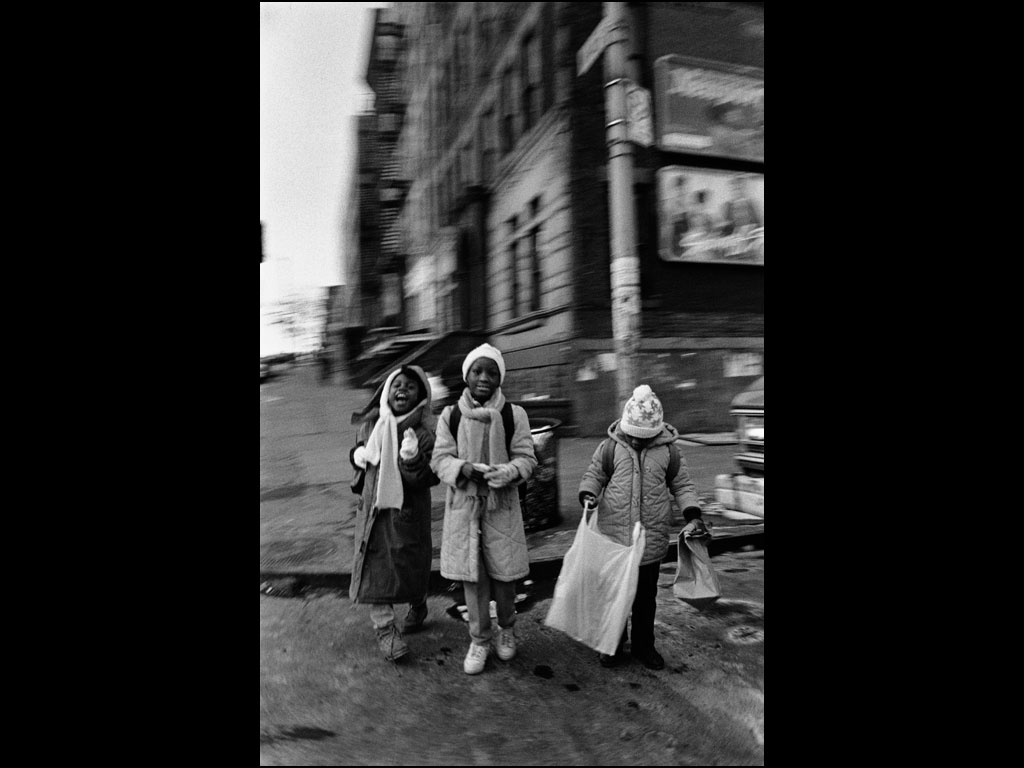


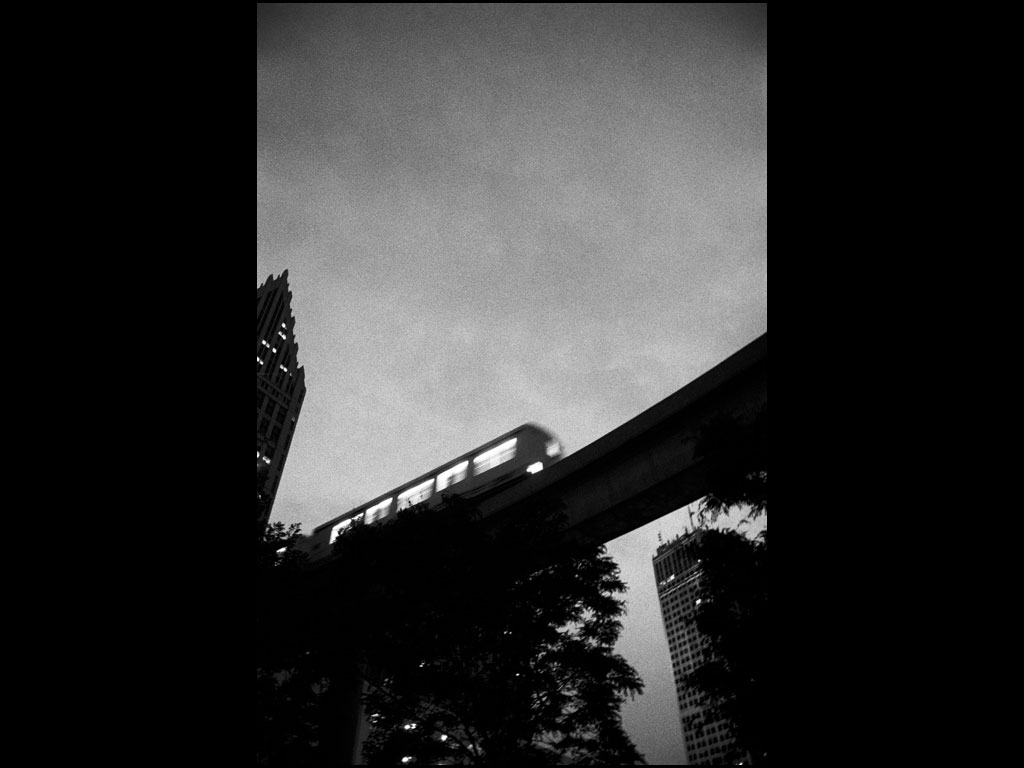

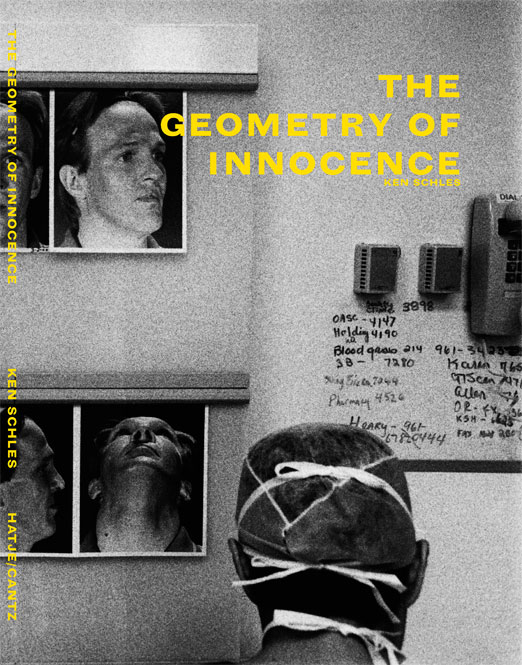
![]()
Click on the book to see more sample spreads.
Ken Schles: The Geometry Of Innocence
Produced by Markus Schaden and Thomas Zander.

Hatje Cantz Publishers
ISBN 9783775710114
TRADE Hardcover
128 pages
106 color / 87 duotone
9.75 x 13.25"
Pub Date: 06/02/2001

"Das ist der neue Robert Frank," schwärmte Leo Fritz Gruber.
"An object lesson in bookmaking... adrenalizing." Chris Miller, European Photography
"Many frames of breathtaking quality." Frankfurter Rundschau
"The new work, by 40 year old American Ken Schles, is simply breathtaking. A photographic masterpiece." Photonews
"Schles, with »The Geometry of Innocence« succeeds in making a daring, sophisticated photo book, which the publisher has also produced with technical brilliance." Kölner Stadt-Anzeiger
"Endlessly breathless pictures alternate between trauma and trance, death & delirium." fotoMAGAZIN
"Destined to be a late-modern classic. ...Ken Schles is a poet." Modernrare.com
Currently out of print (but copies may be found on
the web here).
![]() "While our preoccupation with spectacle allows new ideas and social and moral dilemmas to be disseminated and collectively debated—setting the stage for consensus building—the passivity and narcissism the spectacle encourages eventually leads to disenfranchisement and self-destructive behavior as citizens devolve into states of isolation. The pursuit of isolation in contemporary society is pernicious. The world is fragmented and resold back to us piecemeal. Our collective needs—which were “inefficiently” served in small communities by a series of mutual exchanges—are now “efficiently” repackaged and marketed to us individually by anonymous "experts." "
Read more of the postscript essay by Ken Schles, Demeaner, (also available in German).
"While our preoccupation with spectacle allows new ideas and social and moral dilemmas to be disseminated and collectively debated—setting the stage for consensus building—the passivity and narcissism the spectacle encourages eventually leads to disenfranchisement and self-destructive behavior as citizens devolve into states of isolation. The pursuit of isolation in contemporary society is pernicious. The world is fragmented and resold back to us piecemeal. Our collective needs—which were “inefficiently” served in small communities by a series of mutual exchanges—are now “efficiently” repackaged and marketed to us individually by anonymous "experts." "
Read more of the postscript essay by Ken Schles, Demeaner, (also available in German).
